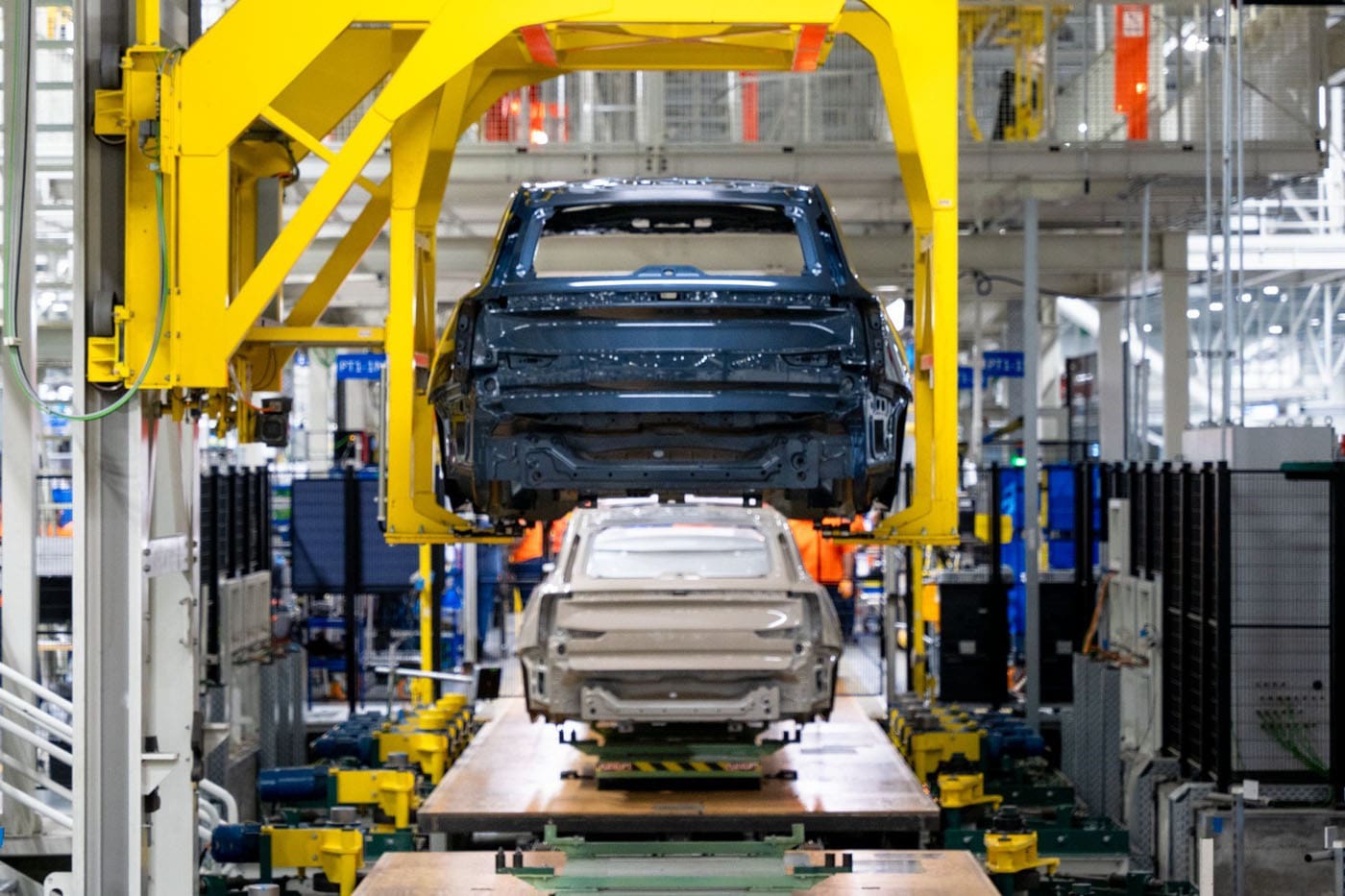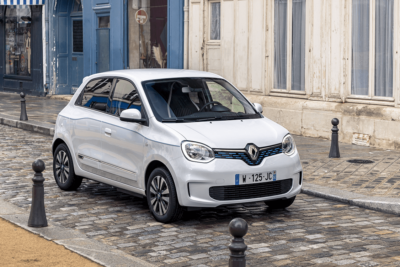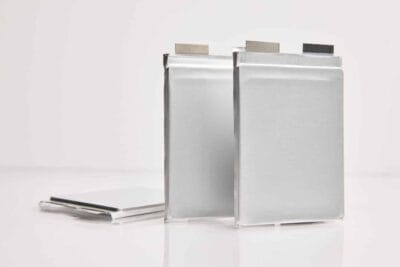USA erects tariff barrier to Mexico and Canada
The new US president is essentially basing his economic policy on tariffs: Having barely taken office, Trump imposed tariffs of ten percent on goods from China and 25 percent on goods from Canada and Mexico in January – but initially granted his two neighbouring countries a 30-day reprieve. This grace period is now coming to an end. At the same time, the USA is raising the tariff on goods from China to 20 per cent – in addition to the tariffs already in place before Trump took office.
The affected countries are responding with countermeasures: Canada, for its part, is introducing tariffs of 25 per cent on US goods – initially on products with a total value of 30 billion dollars. After 21 days, this will affect goods worth 155 billion dollars. In this second phase, the tariffs will also apply to electric vehicles, as reported.
China is also responding with counter-tariffs: Since the beginning of February, for example, the People’s Republic has been imposing a 15 per cent surcharge on coal and liquefied natural gas from the USA. Faced with the second increase within a few weeks, Beijing has also announced that it will introduce additional tariffs of 15 per cent on chicken, wheat, corn and cotton, as well as a ten per cent surcharge on certain agricultural products from the USA from 10 March. Further, US companies could face restrictions or complete bans on business activities in China. Trump’s predecessor, Biden, had already introduced a hefty special tariff on electric cars from China.
The three nations now subject to additional tariffs are among the United States’ most important trade partners. Together, their imports account for 40 per cent of all US imports. Trump justifies the tariffs by claiming that Canada and Mexico are not doing enough to combat drug trafficking and illegal migration at their common borders. China is also said to be primarily concerned with drug smuggling.
These new barriers within North America could become a major problem for the automotive industry: A number of manufacturers produce in Mexico and import their vehicles or components into the USA duty-free. Some OEMs also use Canada as a production location to supply the US market. Volkswagen is planning to do just that with a future battery cell factory for electric cars in Ontario.
While the tariffs in force today are aimed at entire countries, Trump has already announced tariffs specifically against the automotive industry. He plans to impose tariffs of around 25 per cent on car imports from April, but remained his usual imprecise self when making his announcement in mid-February: “I probably will tell you that on April 2, but it’ll be in the neighbourhood of 25 per cent,” Trump replied to a corresponding question and added that car factories in other countries such as Mexico would be closed.
It remains unclear whether Trump has in mind a blanket tariff on all car imports or whether he wants to impose tariffs on certain countries or regions of the world. Trump’s reference to 2 April stems from the fact that officials in his administration have until 1 April to submit reports that will form the legal basis for new tariffs on a range of imports. These include semiconductors and pharmaceuticals. The focus is on so-called reciprocal tariffs, which means that the USA wants to raise tariffs wherever it currently charges less than its trading partners.





0 Comments